Review round-up: multi-channel lunchbox amp heads
Miniature marvels from EVH, Hughes & Kettner, Orange and Peavey
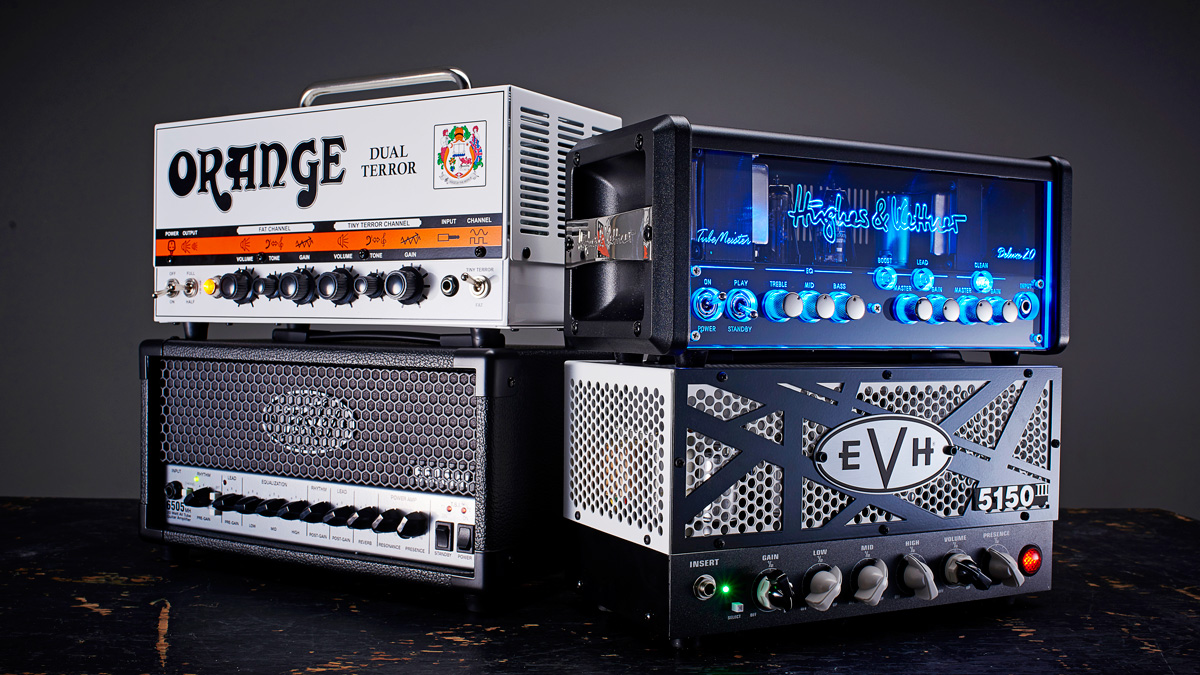
Want more in your lunchbox?
Lunchbox amps are the most popular amp format, and have been ever since Orange unleashed its original Tiny Terror back in 2007.

Today, practically every volume builder has a small low-powered metal-cased head in their line-up, as well as a few boutique specialists for whom budget prices are less relevant. Despite the saturated market, these amps still sell like the proverbial hot cake, so what’s the attraction?
The steel case idea isn’t new - many general-purpose amps from the 1950s were made like this. Low power and the improved flexibility that comes with it is one recurring theme, as is the EL84 valve - one of the most musical power valves ever made. Some lunchboxes have one straightforward channel, while others try and cram in as many features as possible.
Often the best buys sit somewhere between the two extremes. If you’re in the market for a new amp, this is one sector where you are spoiled for choice, so here’s our pick of the best mid-priced lunchboxes boasting two or more channels.
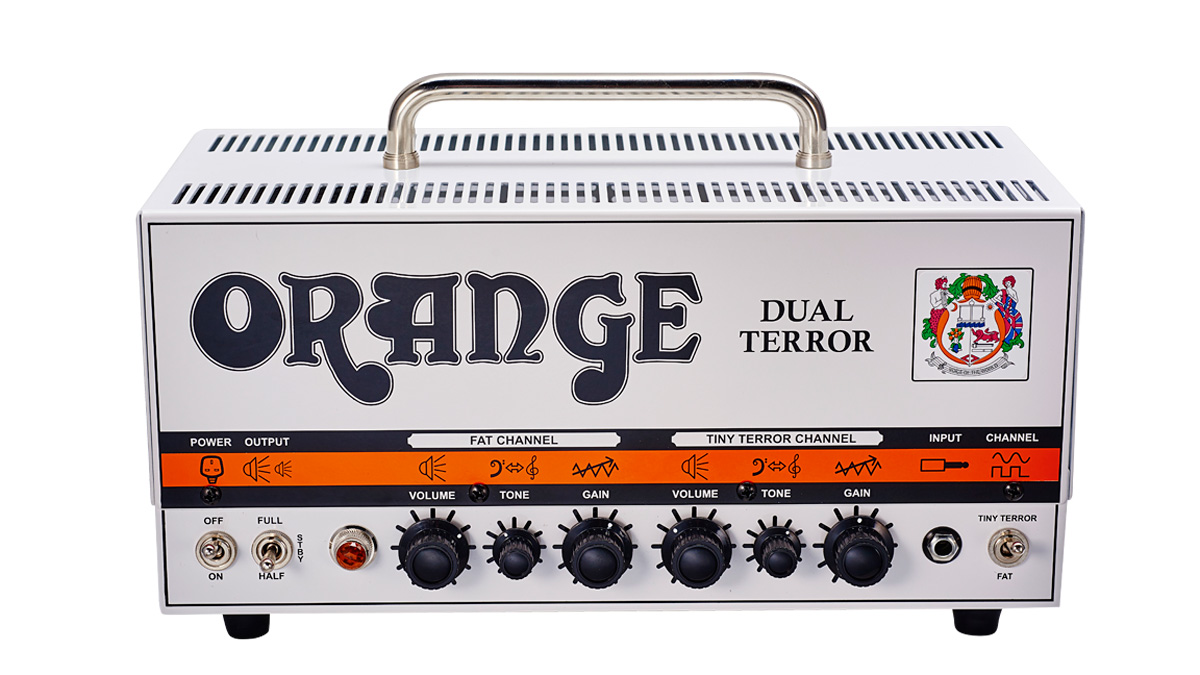
Orange Dual Terror
What’s special about the Dual Terror?
Orange’s Dual Terror is the same as its Tiny Terror - just bigger. Two channels instead of one, and two pairs of EL84 output valves putting a whopping 30 watts of power into a box you can carry on a bus to a gig, plug into a borrowed 4x12 and play like you were at Wembley.
Is it complicated to use?
Nope. The Dual Terror is a perfect example of Technical Director Adrian Emsley’s ‘less is more’ approach, with two differently voiced preamp channels each featuring gain, volume and a single tone control. Around the back, there’s a half-power switch, and that’s pretty much it for features. The Dual Terror is all about tone, not switches and buttons.
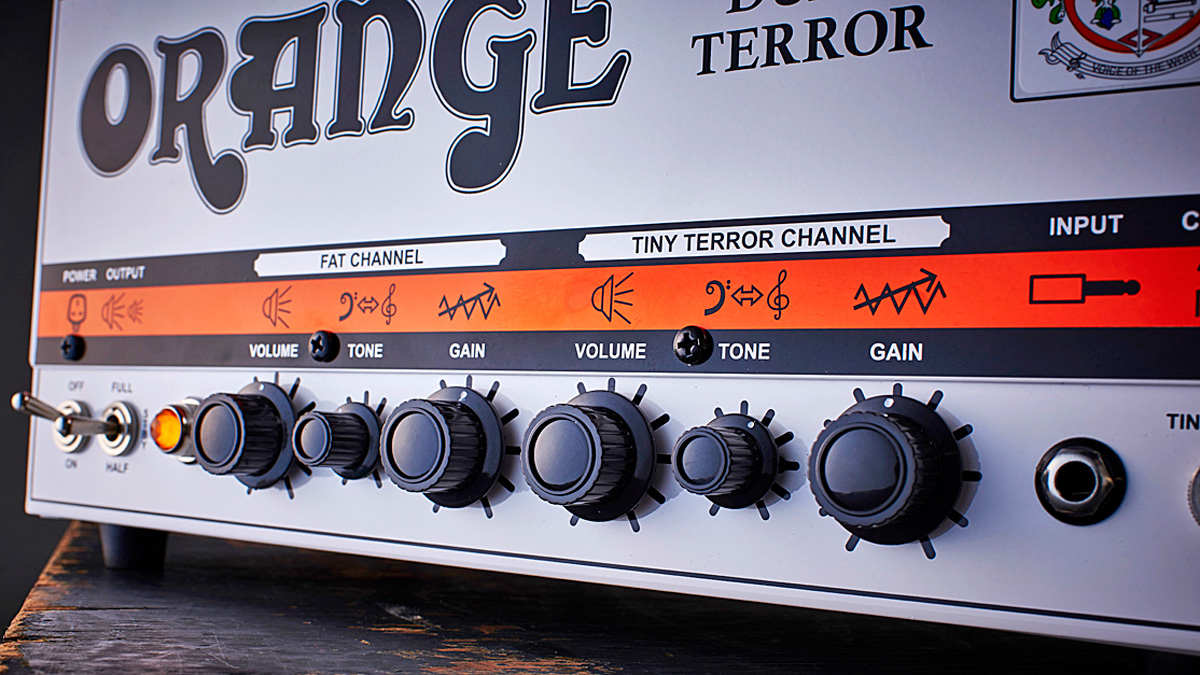
Will it last?
Like all Orange gear, it’s built to last and handle the knocks of non-stop gigging; inside the chassis, the electronics are mostly held on one very high-quality PCB, with super-clean soldering and very neat wiring. Build quality is typically robust, with an enamelled case and those cool trademark graphics.
At a glance
Type: Valve preamp and valve power amp
Power: 30W
Key features: 2x channels with 2 distinct voices: Original Tiny Terror and Fat
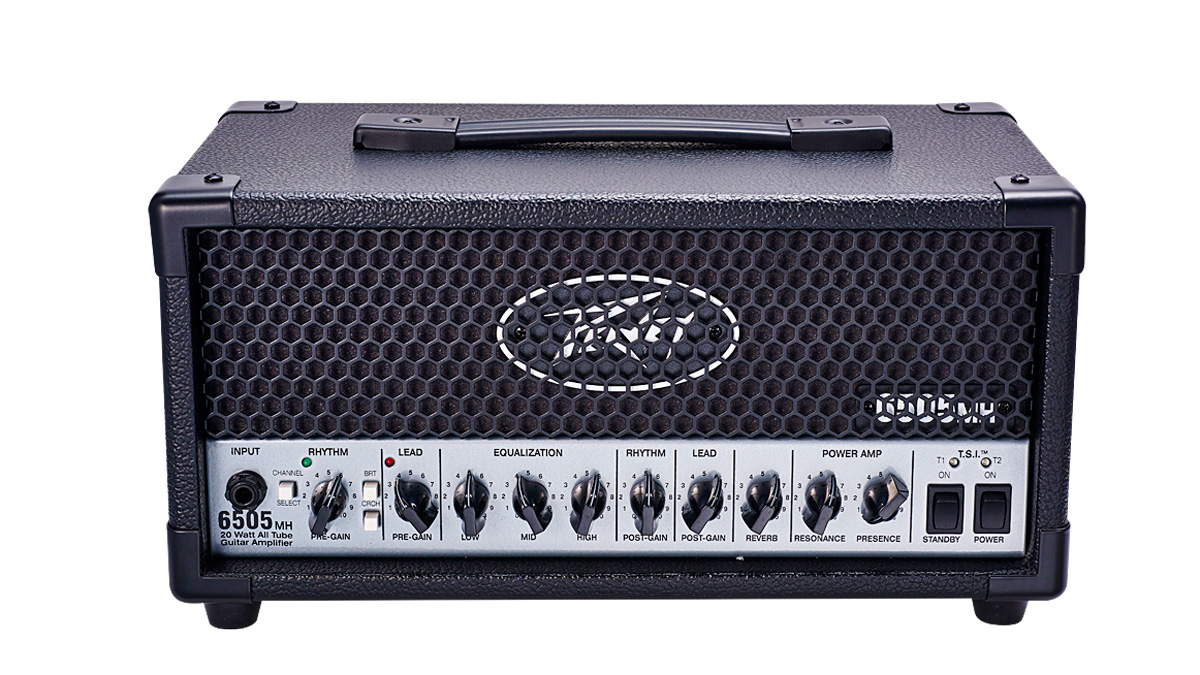
Peavey 6505 MH
What’s the 6505 MH packing?
The 6505 isn’t short on features. You get two footswitchable channels that follow the same gain structure of Peavey’s full-sized monster metal head, and a footswitchable crunch mode for the rhythm channel, effectively giving three voices to play with.
Is that all?
We’re just getting started: there’s a series effects loop and reverb, together with a three-step attenuator on the rear panel with a choice of full power, five-watt and one-watt settings, plus Peavey’s MSDI microphone simulated direct out and a USB recording output. There’s also peace of mind with the 6505’s built-in TSI (Tube Status Indicator) circuit, which monitors valve performance. The 6505 uses a shared three-band EQ with presence and resonance controls to shape the output stage response.
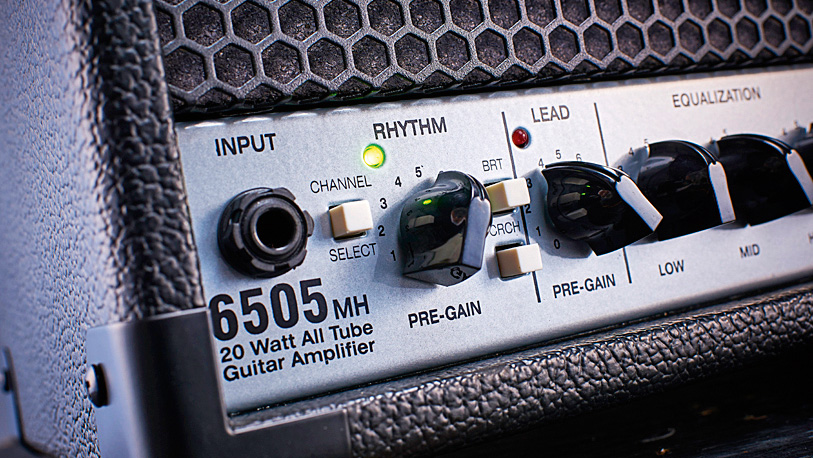
Will it last?
Yes, indeed. The 6505 has a solid chassis and a high-quality PCB with very neat layout and wiring. Unlike most lunchboxes, it has a plywood sleeve, so it looks like a regular head, just smaller.
At a glance
Type: Valve preamp and valve power amp
Power: 15W Key features: 2x footswitchable channels with footswitchable crunch mode, FX loop and reverb. Built in MSDI (Microphone Simulated DI output)
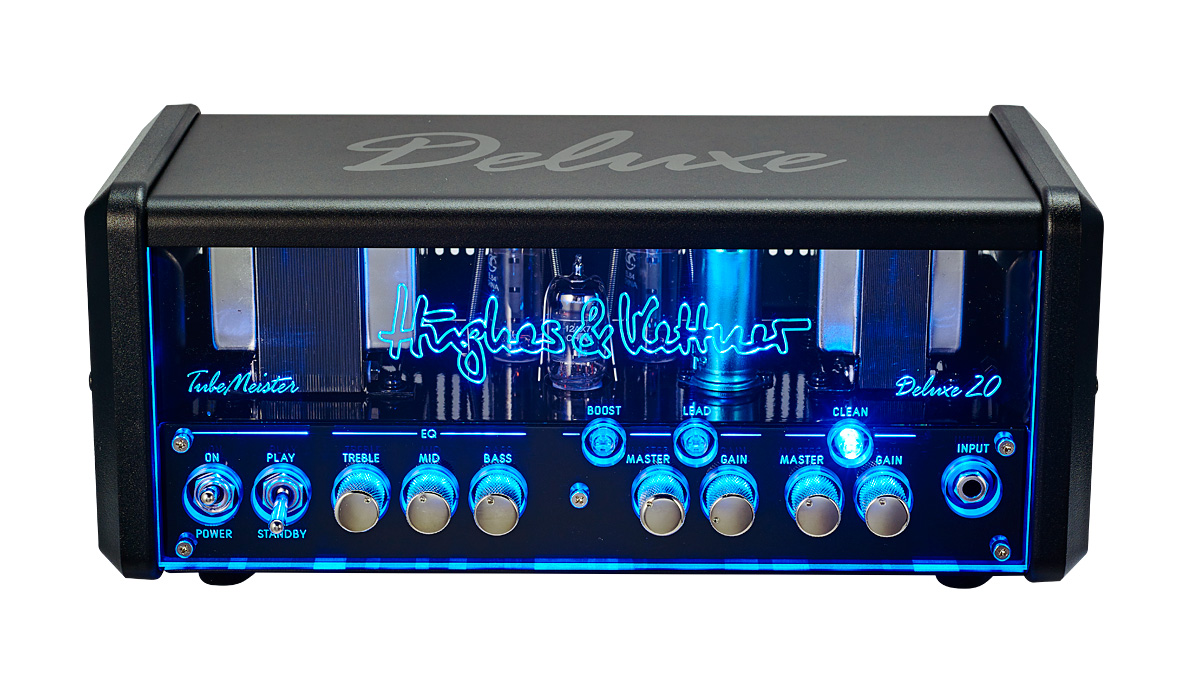
Hughes & Kettner Tubemeister DLX 20
What makes the Deluxe 20 special?
If you compare it with its bigger brothers, at first sight, despite its name, you could almost call Hughes & Kettner’s TubeMeister Deluxe 20 stripped down. However, you still get two footswitchable channels with shared EQ and a footswitchable boost function, effectively putting four sounds under your right foot. You’ll also find a series effects loop, the latest H&K Red Box AE ambience emulation circuit and a built-in attenuator with 20-watt, five-watt and one-watt settings, with a useful mute function for nighttime silent recording.
What’s the build quality like?
Superb; there’s a high-quality PCB and a clever valve auto bias/protection circuit. The Deluxe 20 has the same trademark backlit perspex front panel as H&K’s range-topping Custom amps.
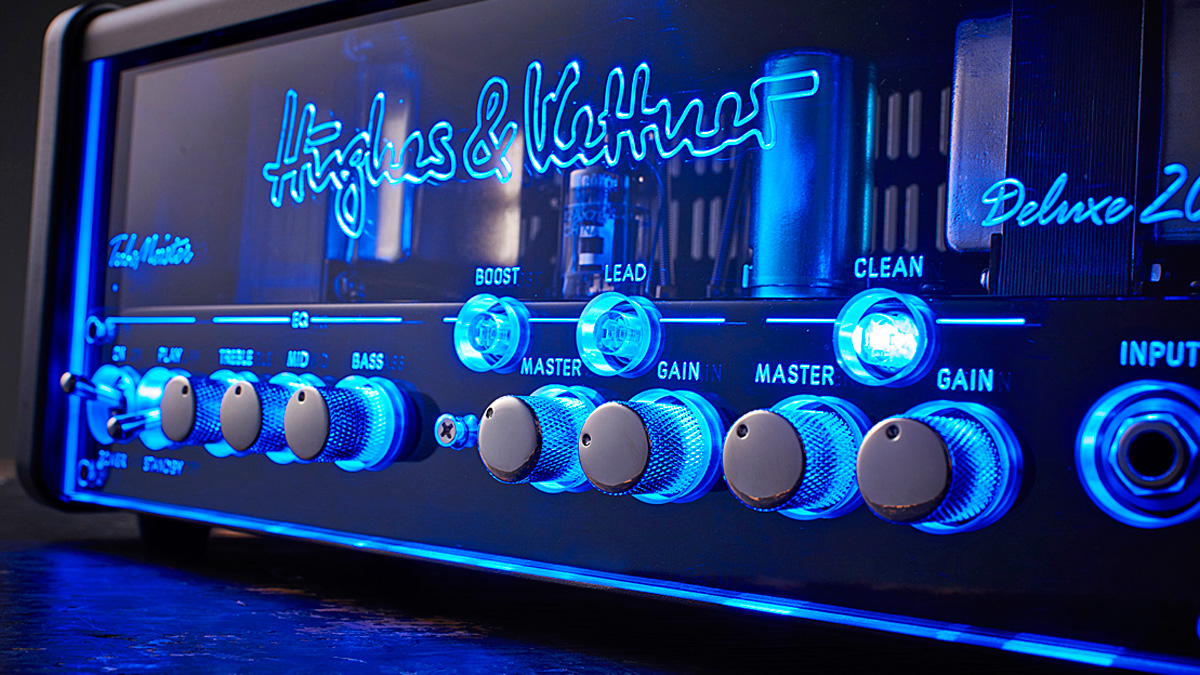
Does it sound as good as the bigger H&K amps?
Oh, yes. With a revoiced preamp architecture lifted from the TriAmp Mark 3, the Deluxe 20 is a full-on rock machine that covers almost every musical genre, while the Red Box DI circuit makes it a no-brainer for recording, adding hyper-realistic speaker cabinet effects.
At a glance
Type: Valve preamp & valve power amp
Power: 20W
Key features: 2x footswitchable channels with footswitchable boost, built-in Red Box speaker emulation, series effects loop, built-in three-step attenuator with silent recording
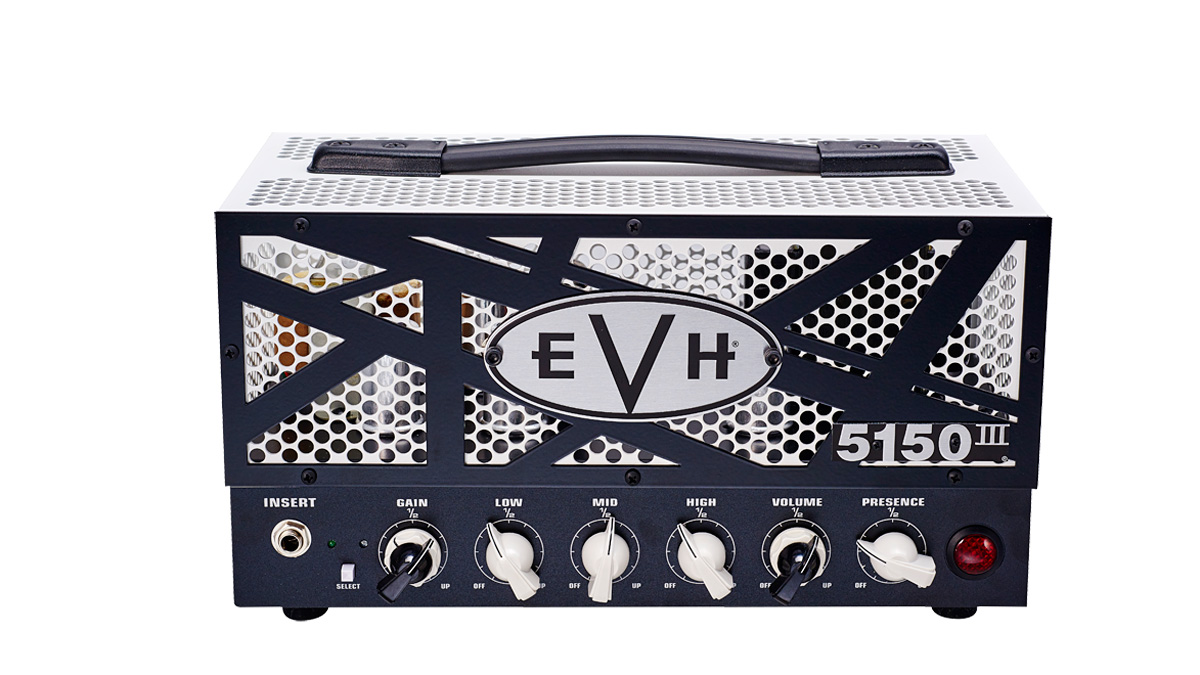
EVH 5150III LBXII
Will it make me sound like Eddie?
It won’t give you Van Halen’s fingers, but the 5150III LBXII’s sounds are close enough, with two footswitchable channels replicating the Green (Clean) and Blue (Crunch) channels of Eddie’s head. There’s no ‘full burn’ option, nevertheless the gain is so insane that if you want to shred like Eddie you won’t notice.
What other features does it have?
The two channels have separate dual concentric gain and volume controls, with shared tone knobs and resonance on the rear panel. There’s also a series effects loop and a 1/4-power option to keep the neighbours sweet, although it’s still very loud on this setting. The 5150 is pure valve, with a pair of EL84s in the power amp and four ECC83s in the preamp for that legendary ‘brown sound’, with plenty of volume for small to medium gigs.

Will it last?
Yes. Behind the ready-to-rock looks, it’s built like a tank; we’re impressed by the black and white styling and the clever dual concentric pointer knobs, accented by that big red pilot light.
At a glance
Type: Valve preamp & valve power amp
Power: 15W
Key features: 2x footswitchable channels, series effects loop, 1/4 power switch
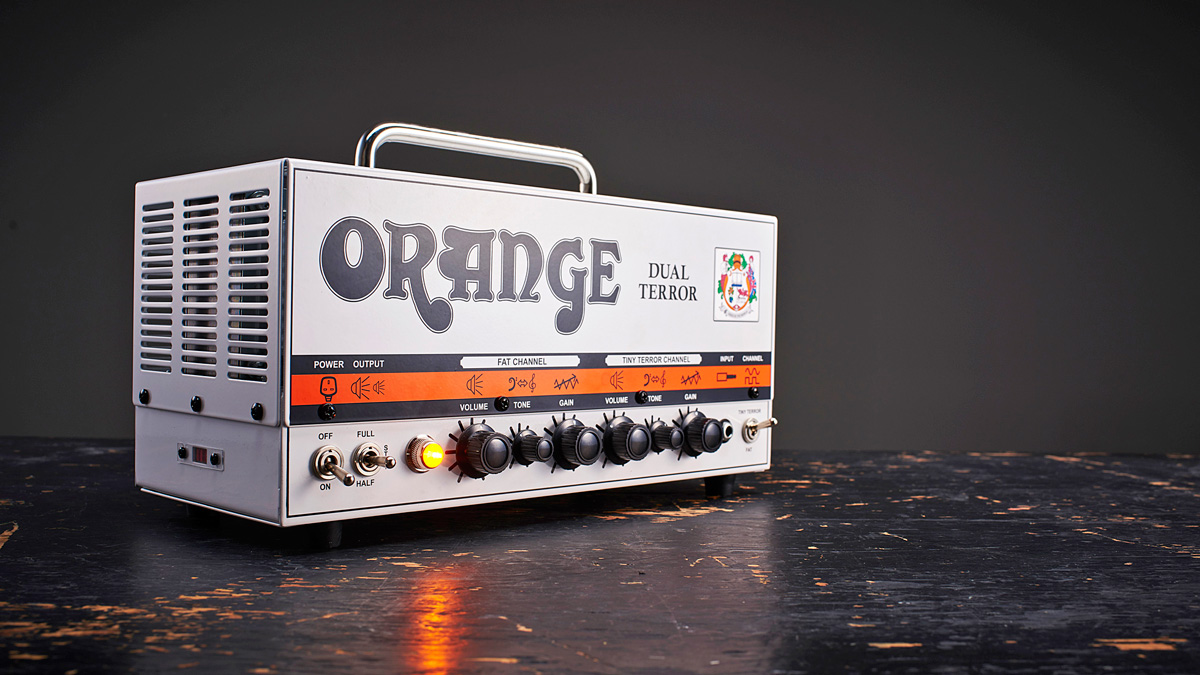
Head to head
All four lunchboxes are very well-behaved electrically, with low hiss and hum levels making them just as much fun for low-volume use at home as they are when plugged in and ripping with a band.
For out-and-out rock, the thick, multilayered drive of the EVH 5150 is really hard to beat – it gets the legendary brown sound and retains definition up to around three-quarters on the masters, with a clean channel that can be wound into a decent crunch.
The Blue channel’s harmonic-laden gain is simply nuts and great fun. The Orange’s extra power and clever channel EQs make it superb for proper stages where extra headroom and definition is important, while the quad-EL84 power stage really gets your point over, and the two channels provide the best pick of classic and modern Brit-rock sounds.
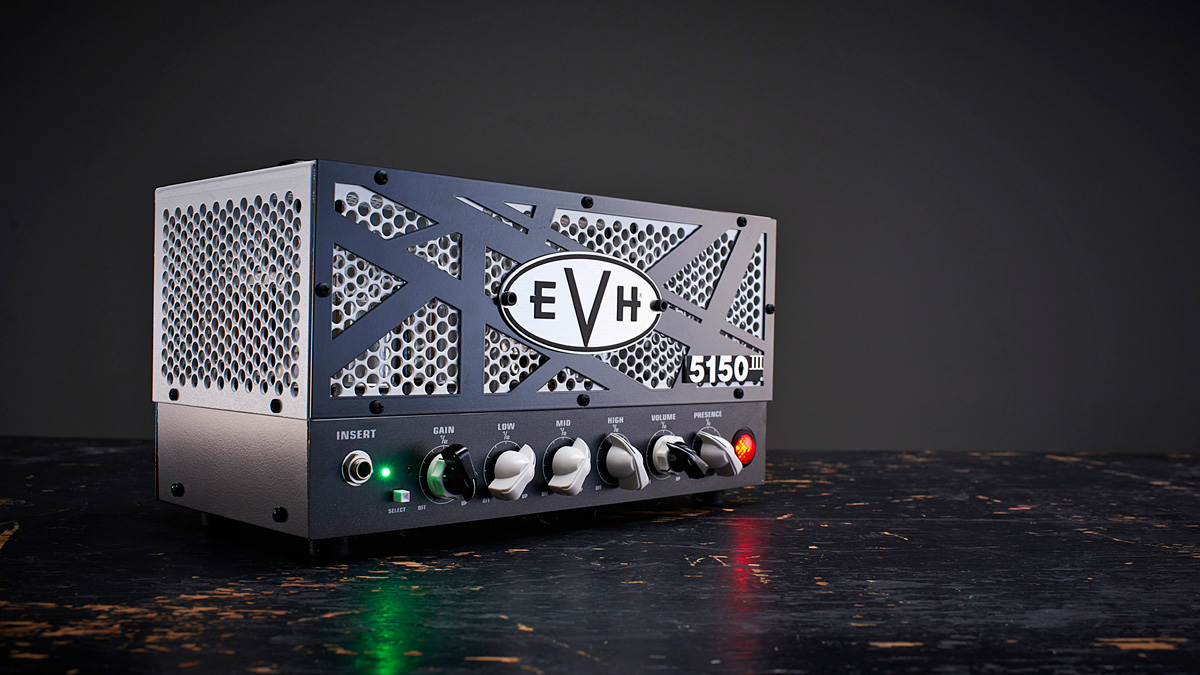
It’s a deceptively simple and lightning-fast amp to dial in; for live work where you need a great sound in seconds with minimal fiddling around, it’s sonically in a different league.
Peavey’s 6505 MH impressed us with its feature list, and in use, those features all work really well. Being able to footswitch the effects loop adds significant versatility for live use, as does the addition of a third crunch mode between clean and lead channels.
If you like reverb, the 6505 stands out because it’s the only one of this quartet to include it. Hughes & Kettner’s Deluxe 20 sits at the other extreme to their jaw-dropping GrandMeister 36, but in many ways it’s just as usable, with a great recording output and four sound options that comfortably cover most genres, although for serious metal it’s not quite as extreme as Peavey’s 6505.
Sonically, the Deluxe 20 punches above its weight, with tones that compete well with amps costing almost twice as much; not a bad thing, because compared with the other three, the H&K is the most expensive by far.
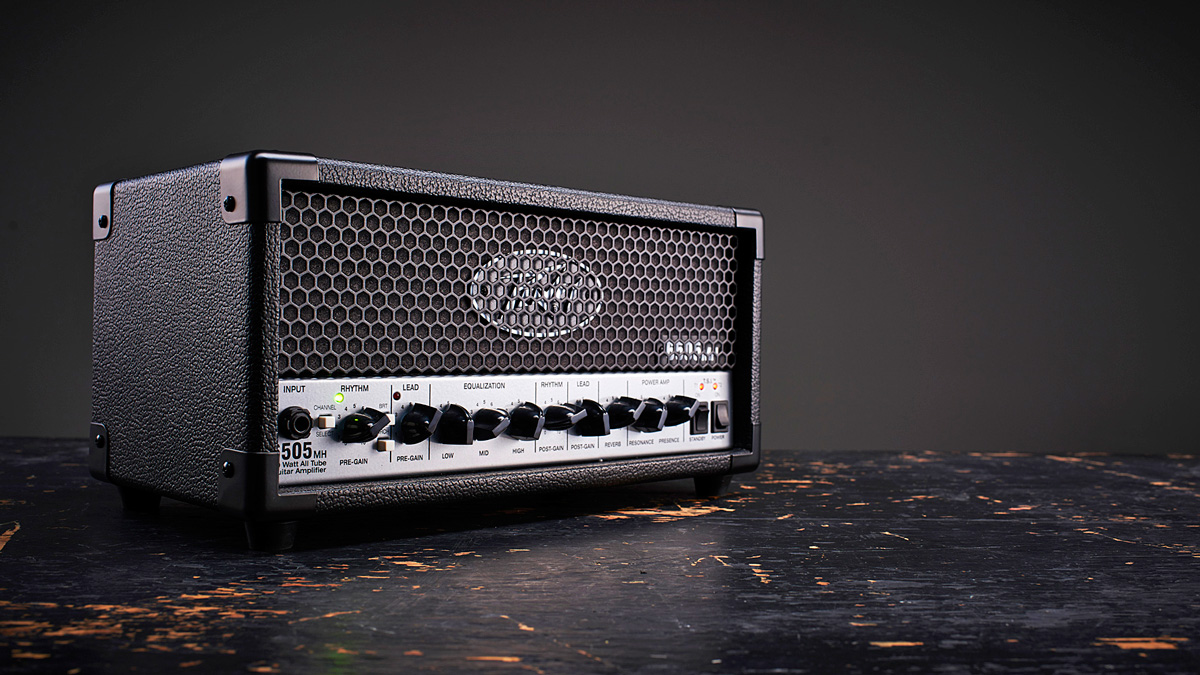
Final verdict
All four heads demonstrate just how far the popular lunchbox format has evolved.
In between the extremes of price and features, it’s here in the middle of the road that you’ll find the best value, with some very tempting choices. Which one you go for depends on what you’re really after: the Dual Terror’s sounds are superbly defined, and it’s aimed at the ‘Brit’ sound genre that Orange practically invented.
Combined with its extra power and steel-cased durability, the DT is a great choice for indie rock, classic rock and blues, which easily spans stage, studio and practice use.
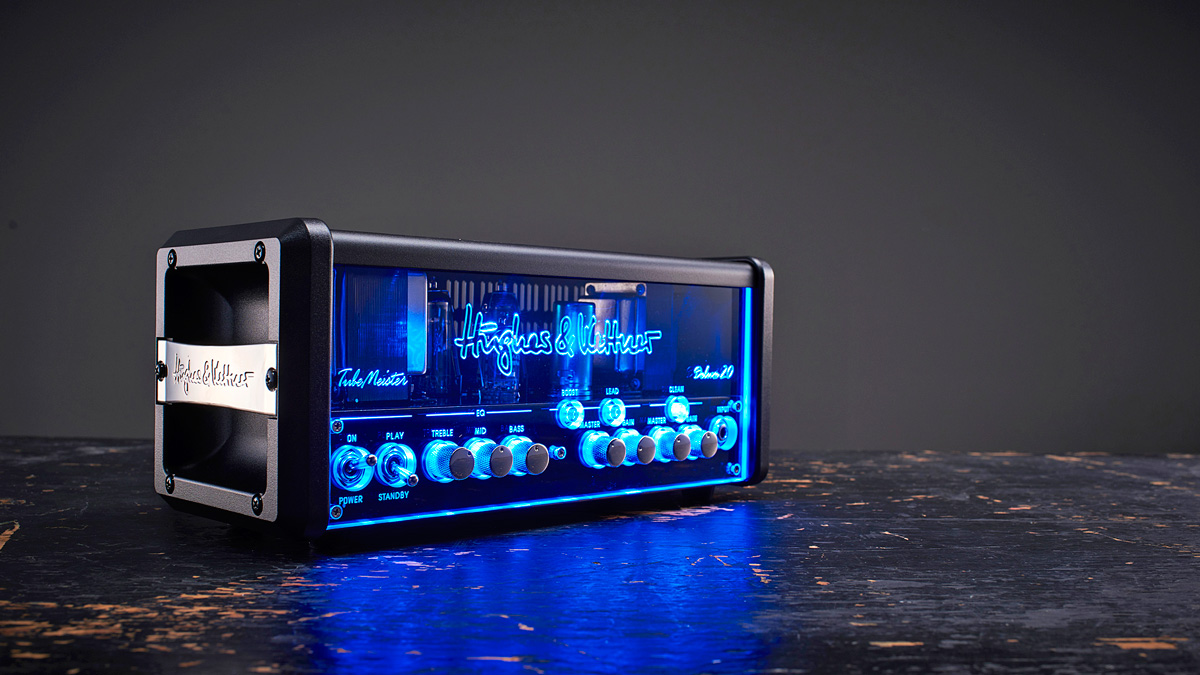
The EVH 5150 is more versatile than it appears and can cover a wide range of genres, with a wonderfully over-the-top lead sound that’s great with humbuckers. If you want more features, Peavey’s 6505 or Hughes & Kettner’s Deluxe 20 will both cover your needs; the latter’s improved sonic range justifies the extra whack, but only just.

If your budget can’t stretch to the H&K, despair not, because the 6505 is a very strong competitor, and its onboard reverb is a welcome extra that will save you one space on your pedalboard.
This quartet boast superb build quality and attention to detail, proving there’s no hiding place for substandard products in this price range. If you’re in the market for a new amp and you want maximum tone with great portability, one of these four lunchboxes may well have your name on it.
Best for bigger stages: Orange Dual Terror
5 out of 5
Best for metal: Peavey 6505 MH
4 out of 5
Best for modern rock: EVH 5150III LBXII
4 out of 5
Best all-rounder: Hughes & Kettner Tubemeister Deluxe 20
5 out of 5
“I’m beyond excited to introduce the next evolution of the MT15”: PRS announces refresh of tube amp lineup with the all-new Archon Classic and a high-gain power-up for the Mark Tremonti lunchbox head
“Its mission is simple: unleash the power of any amplifier or line-level source without compromise”: Two Notes promises a “watershed” in tube amp control with the Torpedo Reload II
“I’m beyond excited to introduce the next evolution of the MT15”: PRS announces refresh of tube amp lineup with the all-new Archon Classic and a high-gain power-up for the Mark Tremonti lunchbox head
“Its mission is simple: unleash the power of any amplifier or line-level source without compromise”: Two Notes promises a “watershed” in tube amp control with the Torpedo Reload II











